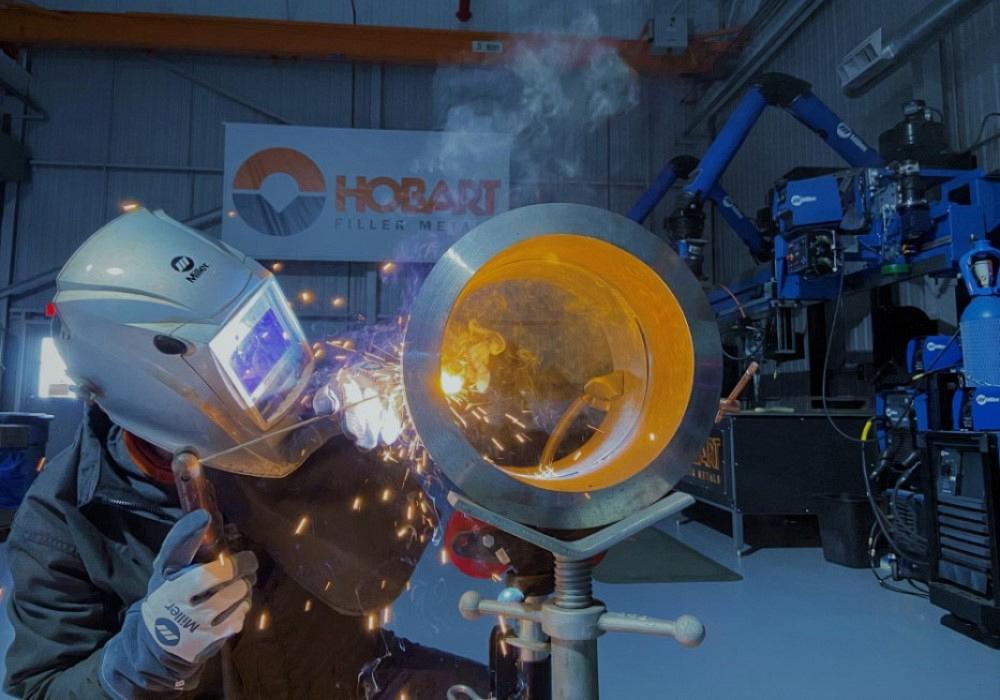Important Tips for Welders: Preventing Undercut Welding and Ensuring Stronger Weld Joints
In the realm of welding, achieving solid and sturdy weld joints is the keystone of generating high-grade job. One typical challenge that welders frequently encounter is undercut welding, which can jeopardize the stability of the weld joint.

Comprehending Undercut Welding
Undercut welding is a common welding flaw that takes place when the weld metal falls short to appropriately fill the groove and leads to a groove-like clinical depression along the weld bead. This issue deteriorates the weld joint, making it vulnerable to fracturing and failure under anxiety. Damaging can be triggered by numerous factors, consisting of extreme welding existing, high welding rate, improper electrode angle, inaccurate electrode dimension, and poor welding strategy.
One of the major factors for undercut welding is an imbalance between the welding present and the welding rate. If the welding current is as well high or the welding rate is too quick, the weld steel might not sufficiently load the groove, leading to damaging. Additionally, using an electrode that is as well big can cause a comparable outcome, as the excess metal can not properly move into the groove.
To prevent undercut welding, welders must guarantee they are using the correct welding specifications, preserve an ideal electrode angle, pick the ideal electrode dimension, and practice proper welding methods. By resolving these variables, welders can minimize the risk of undercutting and create more powerful, more reputable weld joints.
Appropriate Welding Method
Effective welding strategy plays a vital function in ensuring the top quality and honesty of weld joints. One essential aspect of correct welding method is keeping the right angle and distance in between the welding gun and the work surface.
In addition, a consistent and consistent hand activity is important for creating solid and resilient weld joints. Welders must go for smooth, consistent activities to make certain even circulation of the weld product. Proper control of the welding gun and filler product is additionally crucial to attaining optimum infiltration and blend.
Additionally, regulating the warm input and choosing the appropriate welding parameters based upon the material being welded are essential factors in attaining premium welds - Preventing weld undercut. Welders need to follow the advised settings given by welding treatment requirements and change them as required based upon the details requirements of the task. By mastering correct welding methods, welders can considerably boost the strength and dependability of their weld joints
Picking the Right Electrode
When considering the value of selecting the best electrode in welding applications,Preserving the proper angle and range between the welding gun and the workpiece is fundamental. The selection of electrode plays a crucial duty in identifying the high quality and toughness of the weld joint. Electrodes can be found in numerous kinds, each designed for particular objectives and materials.
To start with, picking the appropriate electrode size is essential. Thinner electrodes are appropriate for welding thin products, while thicker electrodes are better for thicker materials and higher warmth applications. Matching the electrode diameter to the density of the workpiece helps accomplish a well balanced weld.
Second of all, comprehending the material composition of the electrode is crucial. Various electrodes are developed for welding details materials like steel, stainless-steel, aluminum, or cast iron. Using the proper electrode material makes sure great combination and lessens the risk of problems in the weld.
Lastly, thinking original site about the welding placement and technique is crucial when selecting the electrode type. For circumstances, specific electrodes are better suited for above or upright welding settings, while others function well for level or horizontal placements. Picking the ideal electrode based on the welding technique improves the general weld high quality and integrity.
Preparing the Base Metal
To ensure a successful welding process, what first actions should be taken when preparing the base metal for welding? Furthermore, any type of existing weld material or deposit from previous welding must be gotten rid visit this site right here of to ensure a clean surface area for the new weld.

Carrying Out Post-Weld Examinations

After conducting these assessments, welders must contrast the results versus industry requirements and project demands to make sure that the weld joint meets all required requirements. Any insufficiencies or deviations discovered throughout the post-weld assessment must be promptly resolved through suitable restorative steps to assure the weld's stability. By diligently executing post-weld inspections and promptly dealing with any issues, welders can support the quality and integrity of their work, eventually contributing to the safety and security and durability of the bonded frameworks.
Final Thought

In verdict, stopping undercut welding and making certain stronger weld joints require a mix of proper welding strategy, picking the right electrode, preparing the base steel appropriately, and conducting post-weld examinations. By comprehending the reasons for undercut welding and executing the necessary precautions, welders can create high-quality weld joints that meet sector criteria and make sure the architectural integrity of the bonded elements.
Undercut welding is a common welding defect that happens when the weld metal stops working to correctly fill the groove and results in a groove-like anxiety along the weld grain (Preventing weld undercut). Undercutting can be triggered by numerous elements, including excessive welding present, high welding rate, inappropriate electrode angle, incorrect electrode size, and bad welding strategy
One of the main reasons for undercut welding is a discrepancy in between the welding existing and the welding rate. If the welding current is check over here too high or the welding rate is also fast, the weld metal may not appropriately fill the groove, leading to undercutting.Preserving the right angle and range in between the welding weapon and the work surface is basic when taking into consideration the importance of choosing the best electrode in welding applications.
Comments on “Preventing Weld Undercut: Proven Methods Every Welder Should Know”